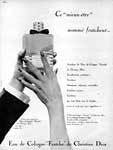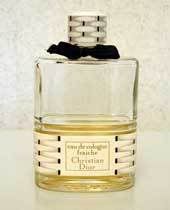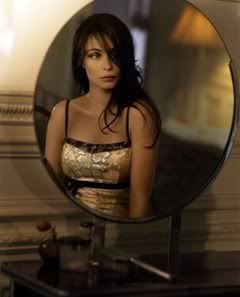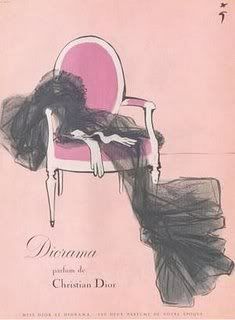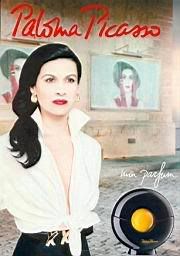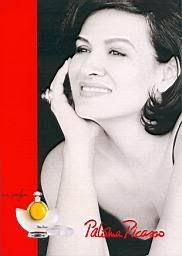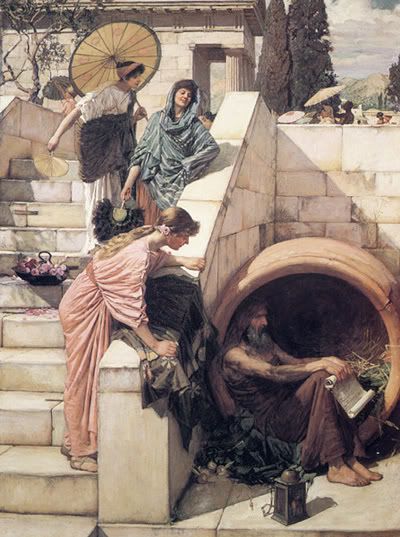
How the Gods trick us into hubris...
I had read of it described as a bitter chypre and I imagined it as very harsh and wasted a la Cabochard reformulated, one of the major disappointments of my perfume life because of the precious memories it had held for me personally.
Leafing through hefty tomes of arcane perfume lore I had come across authors describing it as fruity perfume as well and it was at that moment that I became convinced that I wouldn't like it in a million years, given my antithesis to such proclivities. Yet , the desire to test it even to formally and terminally "diss" it was persistent. I was a snob in reverse on the hunt of the elusive: Alpona had been created as extrait de parfum and those were only available through the "urns", Baccarat crystal fountains of liquid gold to be had at the Boutique Caron in Paris and New York City.
It was in a friendly exchange with a lovely lady that I had been able to procure some, opening the little bottle with trepidation not unlike the one shown by the bishop annointing France's Charles VII Dauphin upon his crowning in Reims with Clovis' Sacred Ampoule holding the Holy Oil.
And then.....I put it on! And it took only seconds for me to not only like it , but to positively love it for its peculiarity, its dry and sweet mingle, its character, its depth. Its weird grapefruit-rind note and the rich oakmoss marriage. These two elements dominate the composition. Another devotee was at that very minute approaching the Altar of Alpona, shyly skirting the edges of the marble, gingerly grasping the golden handrail, laying bouquets of piety at the Goddess' feet. And it solaced my soul that she forgave and welcomed me into the Order like a deflowered Vestal Virgin who has entered the priesthood of a secret cult.
Caron launched Alpona in 1939, in tandem with the New York Exposition, inspired by the Garden of the Hesperides. Hercules according to the Greek mythology defied the nymphs Hesperides, guardians of the garden, and stole from the Greek gods the secret of immortality, the "golden apples". Alpona was the first acclaimed fragrance to combine flowers with lemon and grapefruit inaugaurating the “Hespéridé” family. These tart citrus fruits (known as "hesperideans") give the perfume its modernity. Sun-ripened fruits basking in an orchard in the last foothills of the Alps with considerable darkness and richness underneath thanks to the inclusion of oakmoss and the infamous Mousse de Saxe base was at the mind of its creator Ernest Daltroff.
Alpona is recommended according to Caron "for immoderate indulgence by every woman who wants to get the juice out of life".
My fallacy that it would turn for the sour were dispelled by the reality of it unfolding its fruit rind swirls on skin. Alpona is actually quite sweet in the drydown, rich and full-bodied.
It has personality. Backbone!
Alpona smells like a weird holiday in the mountains, but not the snowy Alps, there is no cool snow theme here, despite the name. It's as if you are squeezing grapefruits and oranges for the morning juice, drinking it in a lichen-overgrown attic on the slopes of an autumnal mountain lodge; gorging the sunrays coming through the open window, basking in their warmth, with a little plate of candied orange and bergamot rind by your side, leafing through old textbooks of your granny who was learning Russian as a hobby. Decked in light woolies and breathing in the moist air, the trampled upon tree branches and just dead leaves, sighing with pleasure and abandonment, savouring the spicy dryness, Alpona is like discovering long-forgotten trinkets and family heirlooms in a cedar chest tucked away in the attic.
According to the official Caron site:
Notes: Lemon, Grapefruit, Bergamot, Rose, Orange, Jasmine, Orchid, Thyme, Patchouli, Myrrh, Cedar, Sandalwood, Musk, Oakmoss
I will never again say I won't like something just because. That's a promise Alpona made me give. I will sorely miss it now that they discontinuing it...
You can still get it at NYC boutique located in the Phyto Universe day spa on Lexington Avenue at West 58th Street, so take your chance while supplies last.
HOT FROM THE PRESS:
Paris Caron boutique representative refutes the rumours on discontinuation. Please note that this is not definitive and it might mean that they will keep it only in Paris or the plans are for later on.

.jpg)

.jpg)


.jpg)
.jpg)



.jpg)



